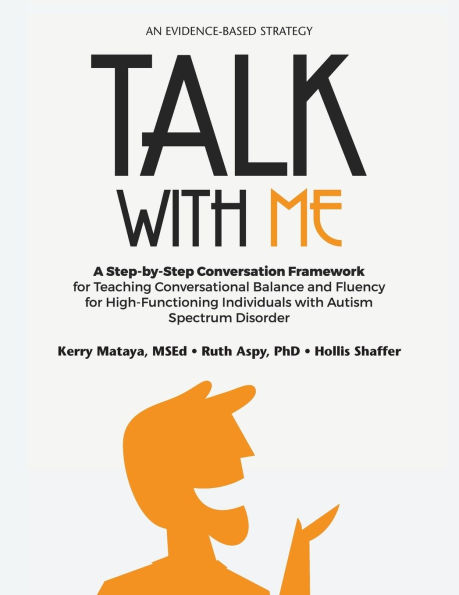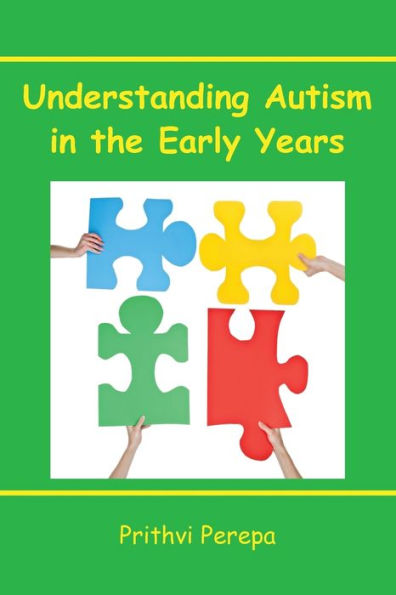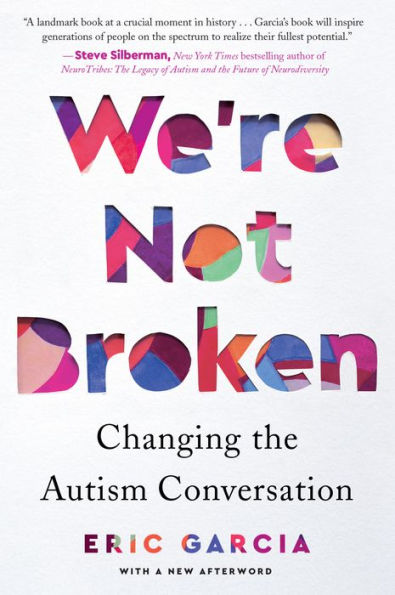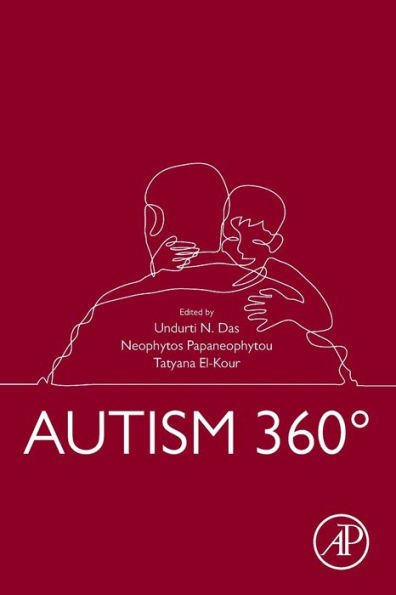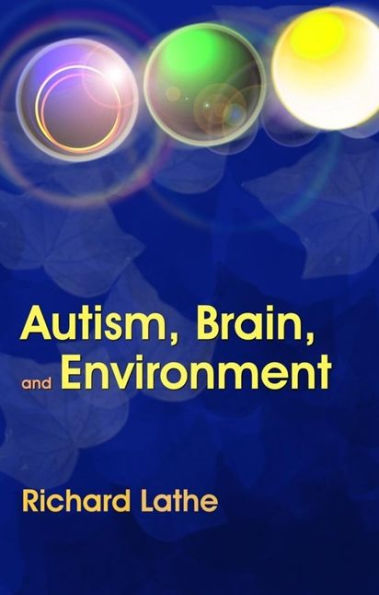Home
Conversation and intonation in autism
Loading Inventory...
Barnes and Noble
Conversation and intonation in autism
Current price: $45.00
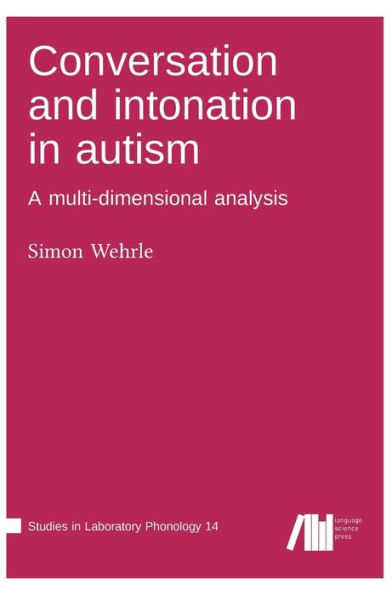

Barnes and Noble
Conversation and intonation in autism
Current price: $45.00
Loading Inventory...
Size: OS
*Product Information may vary - to confirm product availability, pricing, and additional information please contact Barnes and Noble
This book provides an in-depth, multi-dimensional analysis of conversations between autistic adults. The investigation is focussed on intonation style, turn-taking and the use of backchannels, filled pauses and silent pauses. Previous findings on intonation style in the context of autism spectrum disorder (ASD) are contradictory, with claims ranging from characteristically monotonous to characteristically melodic intonation. A novel methodology for quantifying intonation style is used, and it is revealed that autistic speakers tended towards a more melodic intonation style compared to control speakers in the data set under investigation. Research on turn-taking (the organisation of who speaks when in conversation) in ASD is limited, with most studies claiming a tendency for longer silent gaps in ASD. No clear overall difference in turn-timing between the ASD and the control group was found in the data under study. There was, however, a clear difference between groups specifically in the earliest stages of dialogue, where ASD dyads produced considerably longer silent gaps than controls. Backchannels (listener signals such as mmhm or okay) have barely been investigated in ASD to date. The current analysis shows that autistic speakers produced fewer backchannels per minute (particularly in the early stages of dialogue), and that backchannels were less diverse prosodically and lexically. Filled pauses (hesitation signals such as uhm and uh) in ASD have been the subject of a handful of previous studies, most of which claim that autistic speakers produced fewer uhm tokens (specifically). It is shown that filled pauses were produced at an identical rate in both groups and that there was an equivalent preference of uhm over uh. ASD speakers differed only in the prosodic realisation of filled pauses. It is further shown that autistic speakers produced more long silent (within-speaker) pauses than controls. The analyses presented in this book provide new insights into convers
